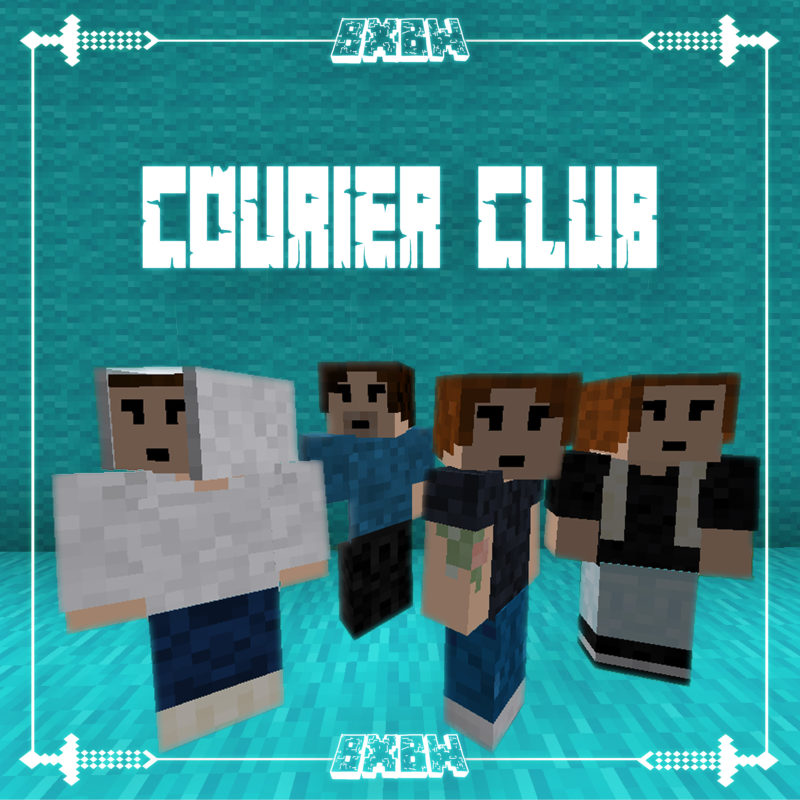Nothing is really virtual. Everything is embodied, actual. At the “virtual” seder, my rabbi sat in his chair and I sat in mine. Behind him a bookcase held votive candles; their glow, captured by a pinprick of a camera lens, was translated into data packets and reassembled by the machine I held in my hand. You could call it virtual, sure, compared to the old form. But it would be missing the current point. The point is not what old seders were like—not the shared piquancy of horseradish, not Uncle David clowning and the subtle ripples of reaction around the table. We might mourn these things lost, but what we experience now is not virtual in comparison: it is the embodied, actual state in which we live.

And where we will live for some time. In the early days of the pandemic, it seemed reasonable for cultural events like book and music festivals to postpone until fall. But forecasts from scholars, science reporters, and epidemiologists are that bodies pressed near together to share an experience for the sake of that experience will be the last thing to return. When it does, perhaps the cultural world will be so remade that “return” is not apt. It is tempting to imagine ourselves in life jackets waiting to be rescued by the vessel from which we were cast. But perhaps we are on the shore of a new land we must get to know.
*
I was thinking about this the other night while I watched my son play Fortnite. He plays on a PS4 console attached to an eight-year-old flat-screen television (so, not so much flat as fat by today’s standards). This day he wore gray sweatpants and a navy blue shirt with no sleeves. He sat on a white, pull-out couch—not the most practical fabric for a ten-year-old who likes an ice-cream sandwich as an evening treat and who does not have the wherewithal to attend to the physicalities of the chocolate, enmeshed as he is in the conception of the island on which the gameplay takes place. He’s been leaving small stains.
For a year or so, I’ve watched my son play Fortnite with a mix of dismay and fascination. I’m dismayed by the simulated violence and the addictive elements engineered by Epic Games, the privately held company with a valuation north of $15 billion and annual profits estimated at about $2 billion. Canny and unabashed, they’ve built the perfect dopamine trigger, and they go after kids with the same unapologetic relish as Philip Morris in the 1970s.
But as Jennifer Senior has argued, these troubling elements may be more than offset...
You have reached your article limit
Sign up for a digital subscription and continue reading all new issues, plus our entire archives, for just $1.50/month.
Already a subscriber? Sign in




